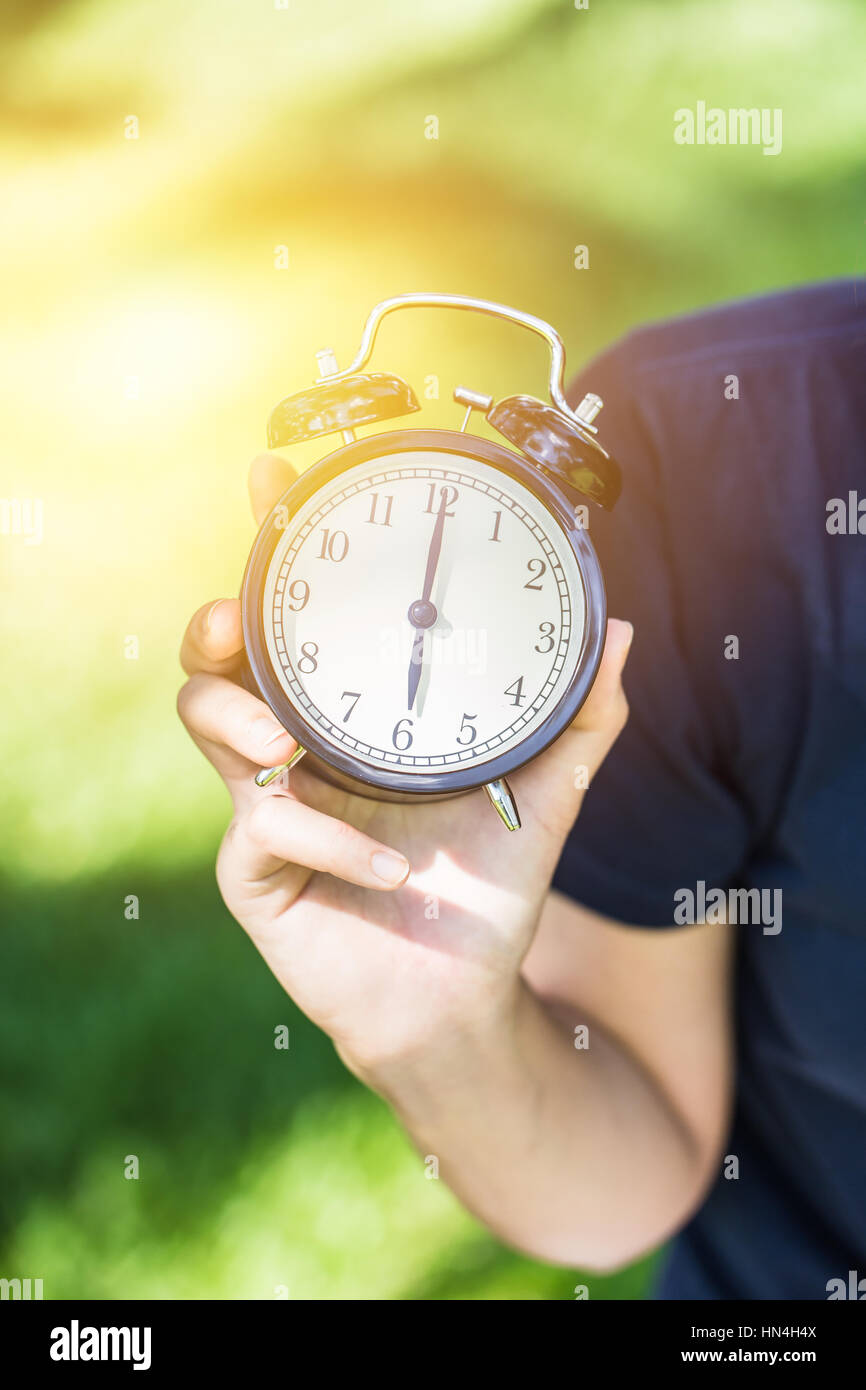Which is correct? There are a myriad of sight picture options that shooters have used to great effect over the years. The sight picture that allows you to consistently shoot the smallest group, with a minimal shift in zeros, is the correct one. In the next few paragraphs we will explore a few of the more commonly used sight picture options. Remember, for any shooter to be successful, consistent sight picture must be complemented by front sight focus and sight alignment.
Center Hold |
Center Hold – With a center hold the front sight placed directly in the center of the target. A center hold is great in different light conditions. On a bright day the target appears small. On a dark day the target appears large. In these different light conditions the center of the target is always in the center. A shooter who has problems with elevation shots in various light conditions may benefit from a center hold.
A shooter who has problems with elevation shots in various light conditions may benefit from a center hold. 6 O'clock Hold. 6 O’clock– With the 6 O’clock hold the front sight is placed at the bottom of the aiming black. For many shooters, this hold allows precision placement of the front sight. The reason for the 6 o'clock hold is that it provides a more consistant poa (better reference point) in iron sight target shooting sight adjustments are made and recorded for different ranges (thus different size bulls) this hold is meant for target shooting, not combat nor hunting or using a scope.

6 O'clock Hold |
6 O’clock – With the 6 O’clock hold the front sight is placed at the bottom of the aiming black. For many shooters, this hold allows precision placement of the front sight. The ability to accurately call your shots will come with time and experience. Light changes, which alter the appearance of the target, may affect shooters who utilize the 6 O’clock hold.
Sub 6 Hold |


Sub 6 – The sub 6 is just like the 6 O’clock hold, only there is a small line of white between the front sight and the aiming black. Many shooters have a problem determining the exact 6 O’clock position with their front sight, but by using a sub 6 or line of white they may be able to better estimate their hold.
Frame Hold |
Frame Hold – With the frame hold, just like with the other holds, the front sight is in the center of the rear sight. The front sight can then be placed at the 6 or 12 O’clock position on the frame when there is no visible aiming point. This hold is typically reserved for foul weather and poor light conditions. By placing the front sight at the top or bottom of the frame, a shooter may hold better when there is little target to see. It can be difficult to hold a tight group this way, but it may add more hits in bad conditions. This technique is normally applied when shooting longer ranges such 600 or 1000 yards.
Along with the sight picture options described above, here are some general aiming guidelines for effective shooting:
Where Does O'clock Come From
With all holds you must be able to see the front sight, the crisp top-edge of the front sight. The target image is second. Most people want to see the target clearly. If they do see the target clearly they probably cannot see the front sight well. You only need to see down range well enough to see your number board to eliminate the possibility of crossfiring.
Sight clarity can be improved with front sight size changes. A wide front sight works well with most shooters. Your vision is drawn to a wider sight and away from the target. Rear sight size changes can add to the clarity by allowing more or less light in.
Eye relief is the distance between your eye and the rear sight. Your eye relief is different in each position. Any changes in sight sizes must be tried in all positions. Your eye relief from shot to shot must be consistent to fire small groups.
You should not over hold. If you aim too long you will fatigue your eyes. Use your first sight picture. Whenever you stare at a bright object, such as a target on a sunny day, the image is being burnt temporally into your eye. Try staring at a bright object for approximately 10 seconds and then close your eyes.
To improve sight pictures, you may need corrected vision. The most common vision corrections are glasses, contact lenses, and eye surgery. You may also use corrective lenses in your rear sight. I have had great success with this.
A way to increase your concentration on the sight is to use a blinder. By relaxing the non-firing eye and lowering the light from sides, your firing eye will be more relaxed. Besides who wants to see the guy moving around next to them? Also, wear a hat.
You must be able to accurately call your shots. This skill can be enhanced by focusing on the front sight and paying careful attention to your sight alignment.
Whichever sight picture you use, consistency is the key. Good luck, and good shooting!
What Does 6 O'clock Hold Mean
The USAMU Service Rifle Team is also answering your questions pertaining to Service Rifle Shooting including topics such as Equipment and Ammunition, Shooting Positions and Shooting Techniques and Tactics. Go to http://www.odcmp.com/Competitions/USAMU/ShootingTips.htm to view the latest questions and answers. If you have a question you would like to ask, email USAMU@odcmp.com. |



